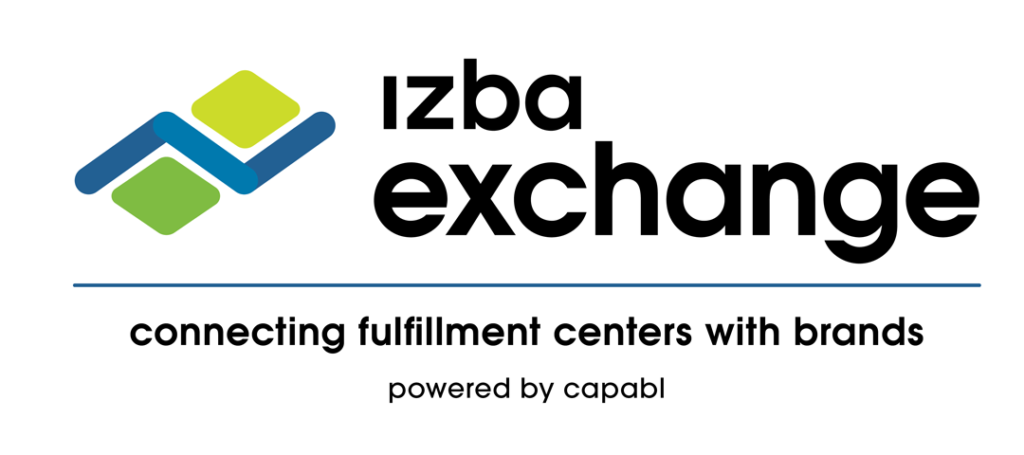In the fast-evolving world of e-commerce, ButcherBox stands out as a phenomenal success story. This episode of “Ecommerce on Tap,” hosted by Nathan Resnick and Aaron Alpeter, dives deep into the journey of Mike Salguero, the founder of ButcherBox, who transformed a personal need for high-quality grass-fed beef into a thriving business. Key to this success was a robust and efficient supply chain, characterized by sustainability and lean operations. Let’s explore the intricate details of the ButcherBox supply chain and how it has contributed to the brand’s exponential growth.
The Genesis of ButcherBox
Mike Salguero, who had always harbored entrepreneurial ambitions, found his start in the often brutal world of sales, where he learned the resilience necessary for business through numerous rejections. After attempting various ventures, including a custom woodworking marketplace and a pivot to a jewelry site, Mike’s entrepreneurial spirit remained undiminished.
The inception of ButcherBox was driven by personal necessity. Mike’s wife was diagnosed with an autoimmune disease, which necessitated a steady supply of high-quality, grass-fed beef. Finding it difficult and expensive to secure such meat, Mike saw an opportunity to make grass-fed beef accessible to the masses. This sparked the journey of ButcherBox from a humble concept to a leading e-commerce business.
Crowdfunding Success and Initial Moves
ButcherBox’s first significant milestone was their incredibly successful Kickstarter campaign, raising $210,000, far exceeding their initial expectations. This initial capital not only validated the concept but also allowed them to convert Kickstarter backers into subscribers, ensuring a steady stream of revenue from the outset.
Mike’s initial lack of experience in the food and beverage industry did not deter him. He sought advice from seasoned professionals like the head of operations at Omaha Steaks, who provided guidance on efficient shipping practices.
Streamlining the Supply Chain
One of the defining aspects of ButcherBox’s supply chain is its strategic management of inventory and logistics. ButcherBox does not allow customers to choose the contents of their meat boxes. Instead, the company pre-allocates inventory based on predictive analysis to meet customer expectations, significantly reducing waste and preserving the shelf life of their products. This approach streamlines the supply chain while ensuring customers consistently receive high-quality meat.
Sustainability at the Core
Sustainability has been a cornerstone of ButcherBox’s operations from the beginning. They focus on sourcing meat from farms that adhere to high standards of animal welfare and environmental responsibility. By promoting grass-fed and humanely-raised meat, ButcherBox aligns its business practices with growing consumer consciousness about the ethical and environmental impacts of meat production.
The logistical aspect of shipping frozen meat across the country posed another set of challenges. ButcherBox overcame this by utilizing dry ice for packaging, ensuring their products arrive fresh and safely. This commitment to sustainability extends even to their packaging materials, which are designed to be eco-friendly.
Financial Prudence and Scalability
ButcherBox’s financial strategy diverged sharply from industry norms by rejecting external investors. This decision enabled the company to maintain control over its operations and focus on sustainable growth rather than chasing rapid, unsustainable expansion. Utilizing a delayed billing cycle with their meat supplier provided them with about five weeks of financing, further enhancing their financial resilience.
Such fiscal prudence has allowed ButcherBox to grow organically, reaching substantial revenue milestones, including an impressive $500 million in 2021, without sacrificing quality or customer experience. This approach underscores a broader trend in e-commerce towards limiting SKU counts to enhance scalability and profitability.
Future Prospects: Balancing Quality and Growth
Looking ahead, the potential challenges for ButcherBox include maintaining growth momentum while continuing to enhance profitability and customer experience. By prioritizing sustainable practices and efficient logistics, ButcherBox aims to avoid the pitfalls of hyper-growth driven by investor pressures or public market demands.
Potential growth avenues include acquisitions, similar to their purchase of Truffle Shuffle in 2024, positioning ButcherBox to become an umbrella company with a diversified portfolio. This strategy can drive innovation while staying true to the company’s core values.
ButcherBox’s story is a testament to the power of resilience, innovation, and sustainable practices. From Mike Salguero’s humble beginnings to building a $500 million company, ButcherBox has revolutionized the meat subscription service market with a supply chain that reflects its commitment to quality and sustainability. Their journey offers invaluable insights into how strategic supply chain management can drive e-commerce success.
Tune in to “Ecommerce on Tap” for more inspiring stories and insights into the ever-evolving world of e-commerce.




